- News
-
-
-
-
-
Latest News Articles
- 2024 TWS Elections: Canadian Representative April 18, 2024
- Gentrification brings more wildlife to urban areas April 18, 2024
- Oil and gas development, tree cover not good for pronghorn productivity April 17, 2024
-
-
-
- Wildlife Professional Resources
-
- Our Network
-
- PUBLICATIONS
-
-
Recent Posts
-
 The Wildlife Professional November/December Issue
November 1, 2023
The Wildlife Professional November/December Issue
November 1, 2023
-
-
-
-
-
-
- Wildlife Events
-
-
-
Upcoming Webinars
- No Events
-
-
-
- Who We Are
-
Tag: TWS2021

March 30, 2022
TWS2021: Are marmots habituating to humans?
Yellow-bellied marmots can become habituated to human presence on hiking trails, but only to an extent. Constant vigilance of people nearby may cause the mammals to miss important meals before...
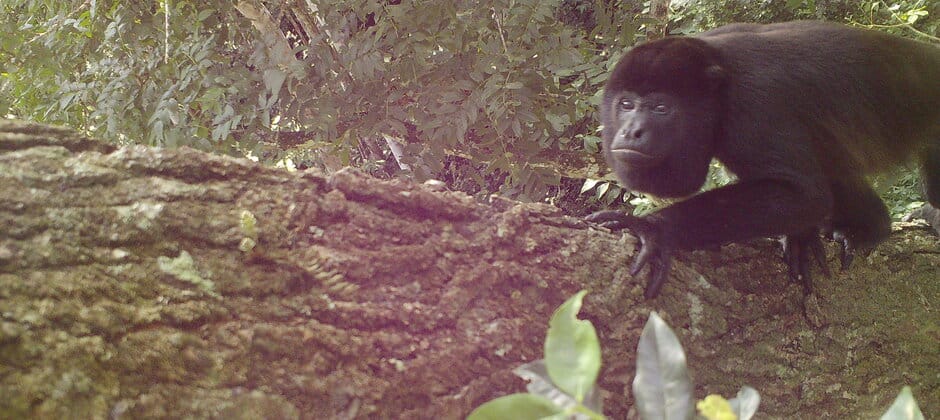
March 17, 2022
Wild Cam: Tracking habitat preferences of imperiled Ecuadorian primates
In the coastal rainforest of Ecuador, Jacquelyn Tleimat sometimes felt like her tree climbing skills were being judged. She and her colleagues hiked for miles, hacking vegetation away with machetes...
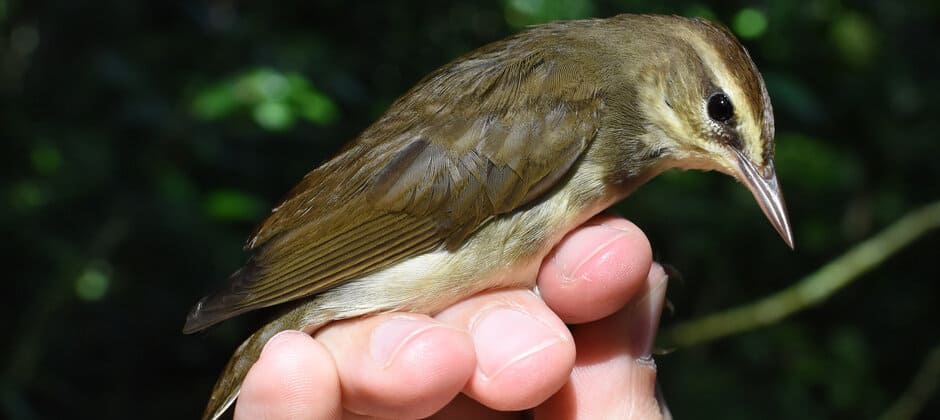
March 9, 2022
TWS2021: Palm oil plantations reduce migratory bird abundance
Mexican palm oil plantations in Mexico are associated with a lower diversity of birds migrating south from Canada and the United States for the winter. Birds have been declining for...
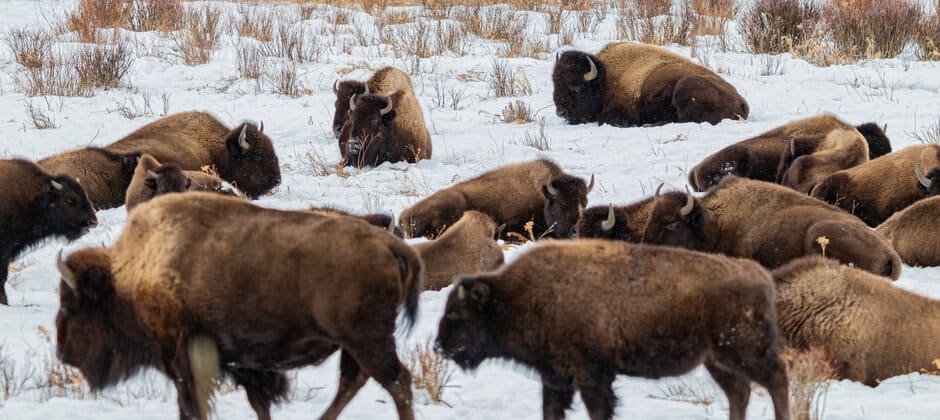
March 7, 2022
TWS2021: Old bison horns can reveal lost ecological information
Long before wildlife managers struggled to translocate bison to new areas in an effort to recover lost herds, the giant bovines wandered across vast stretches of North America. While most...
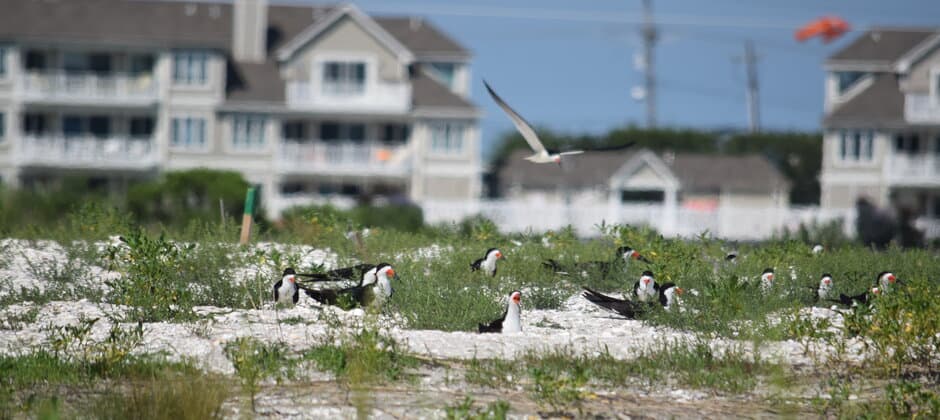
March 7, 2022
TWS2021: Dredged material provides nesting areas for birds
Sediment dredged from the bottom of estuaries to improve shipping passages for boats can be formed into good island nesting habitat for coastal birds like black skimmers. Black skimmers are...
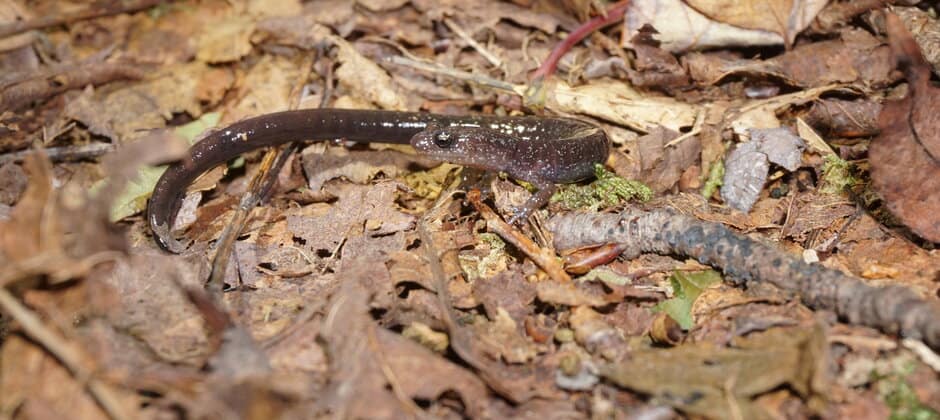
March 4, 2022
TWS2021: Cheat Mountain salamanders losing ground to climate
A rare salamander, endemic only to a few high elevation mountain tops in West Virginia, may lose all of its high-quality habitats by the end of the century due to...
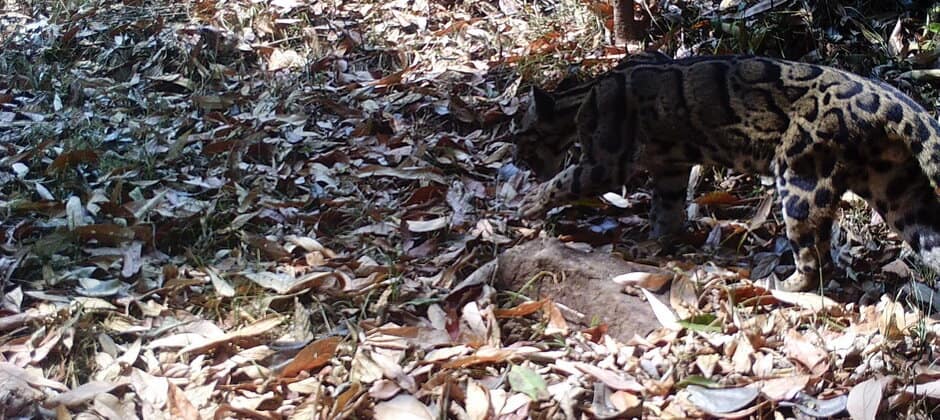
February 1, 2022
Wild Cam: Humans curtail Burmese mammal diversity
Sun bears, Asiatic golden cats and pig-tailed macaques may sound like an exotic wildlife assemblage to many westerners, but these mammals play important roles in Myanmar’s ecosystems. However, many of...
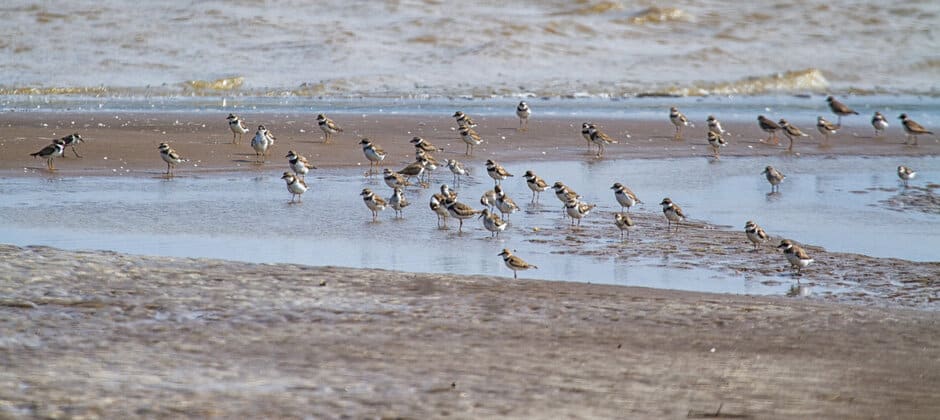
January 28, 2022
Wild Cam: Harvest may contribute to shorebird decline
In the coastal areas of Guyana, hunters get creative when trapping birds—sometimes “shocking” whole flocks with wires. Tying a 12-meter wire to a pole and laying it down in a...
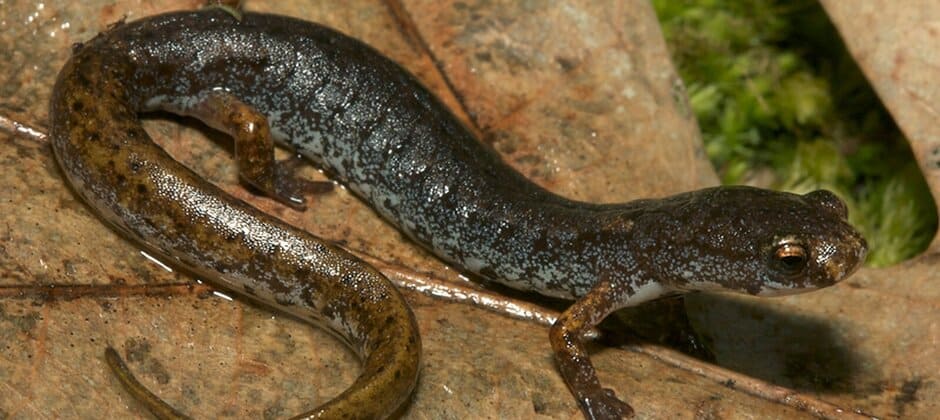
December 21, 2021
TWS2021: eDNA techniques detect ranavirus
Environmental DNA techniques can detect a deadly virus in amphibian ponds, giving wildlife managers critical information about how to best protect vulnerable amphibian species. Ranavirus is deadly to amphibians. “It’s...
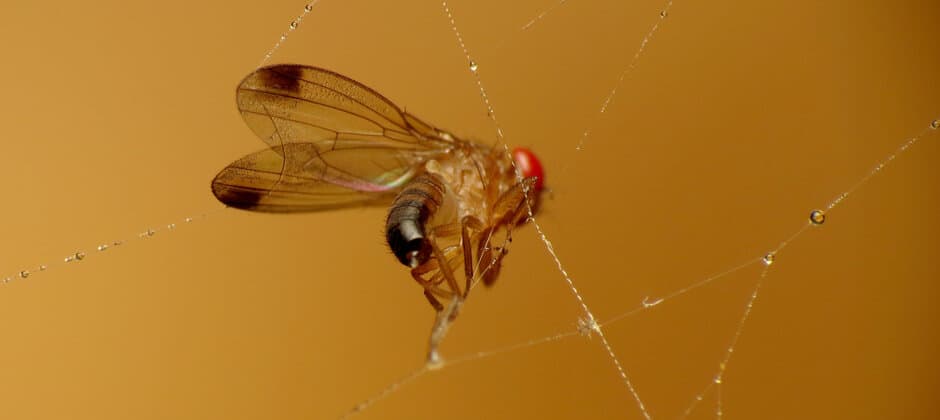
December 20, 2021
TWS2021: Do invasive fruit flies affect bird abundance?
Many studies focus on the effects of insect pests on forest vegetation. But new research shows that spotted wing drosophila (Drosophila suzukii), originally from Asia but now found widely in...

